Duck a l’Orange
In 1863 conservative Mexicans, who wished to overturn the liberal government of President Benito Juarez and the French emperor Napoleon III, who wanted to collect a debt from Mexico and further his imperialistic ambitions created a scheme to seat Ferdinand Maximilian Joseph, Archduke of Austria as Emperor of Mexico. He was supported by the French Army, crowned 1864 and was executed 1867.
The empire of Maximilian and the presidency of Porfirio Diaz,(1877-1911), was a period of intense effort on the part of the elite to emulate the architecture, fashion and cuisine of the French.
I have reimagined how Duck à l’Orange, attributed to the French, was prepared during the Empire of Maximilian. It’s key ingredient, bitter orange, (Seville orange/Naranja Agria) was introduced in Mexico through the Spaniards and this fruit is very integrated in the cuisines of the Yucatan Peninsula and state of Veracruz. I am using Naranja Agria and Piloncillo, products of Mexico. Because Naranja Agria is not commonly available in the United States, I am listing the substitution of 1:1 combo of navel orange and lemon.
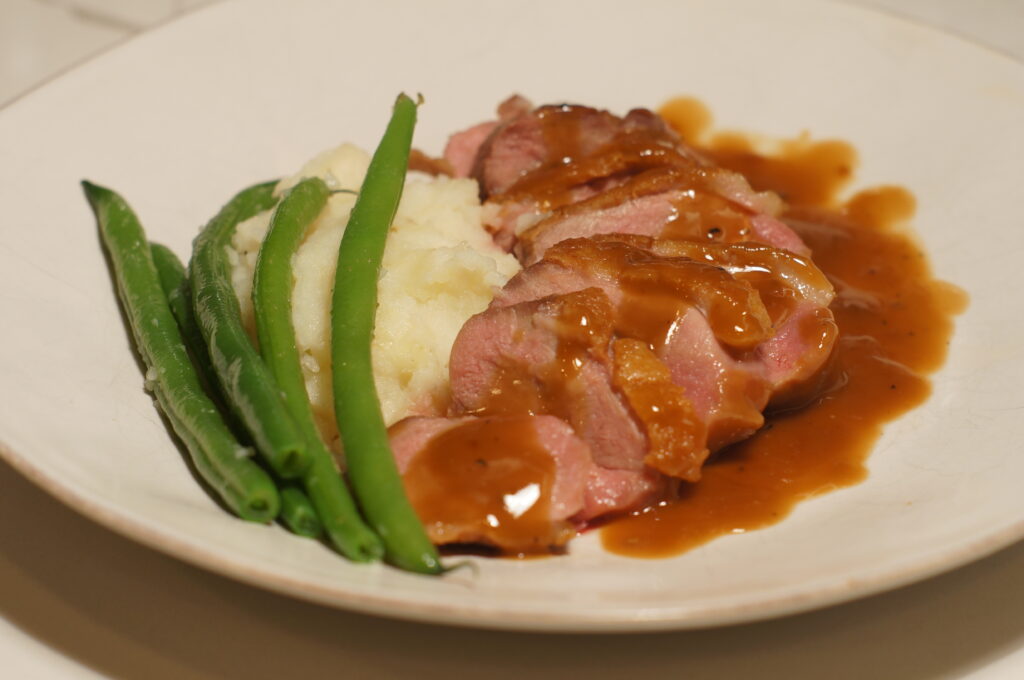
Ingredients
Serves 4
4 duck breasts
Salt and pepper
Gastrique
3 tablespoons sugar
1 tablespoon water
3 tablespoon red wine vinegar
Sauce Bigarade
1 quart Chicken Bone Broth
2 tablespoons orange juice
2 tablespoons lemon juice
Salt and pepper
1 tablespoon unsalted butter
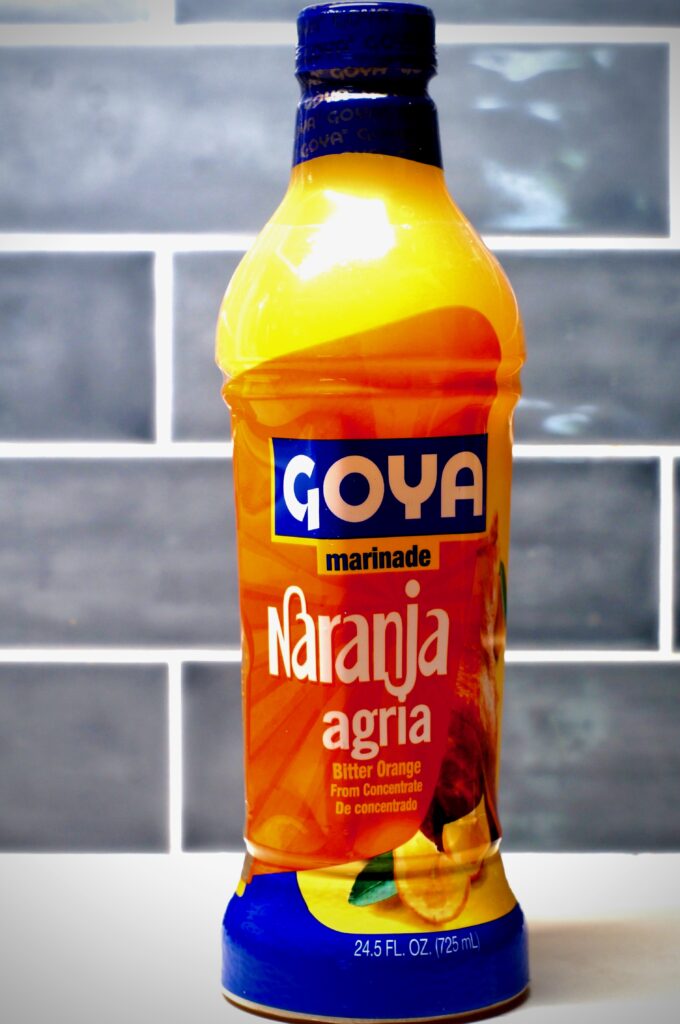
Garnish optional
Zest of 1 navel orange cleaned of any white pith and cut into a fine julienne
Preparation (See Notes)
Sauces
- Add the chicken bone broth to a 2 quart saucepan, at medium heat bring to a boil , then reduce heat to maintain a strong simmer and cook until it is ⅔ reduced
- In the mean time, add sugar to a small saucepan. Add 1/4 cup water and set over medium heat. Stir with a fork until syrup comes to a boil, then simmer without stirring until syrup is honey-colored, roughly 6 minutes, shaking and swirling as needed to ensure even caramelization. Continue cooking until syrup is a rich mahogany color, about 4 minutes longer
- Remove from heat and add vinegar in very small increments while carefully swirling the saucepan; the caramel will boil and bubble violently at first, so adding the vinegar in very small amounts at first will help prevent a boil-over. Once the gastrique has calmed down, you can add the remaining vinegar more quickly, swirling the whole time. Some of the caramel may seize up at first, but it will dissolve back into the solution on its own.
- Return gastrique to medium heat and bring back to a boil, then reduce heat to maintain a strong simmer and cook until it is very slightly reduced, about 2 minutes; stir, if needed, to dissolve any last traces of hardened sugar, then set aside.
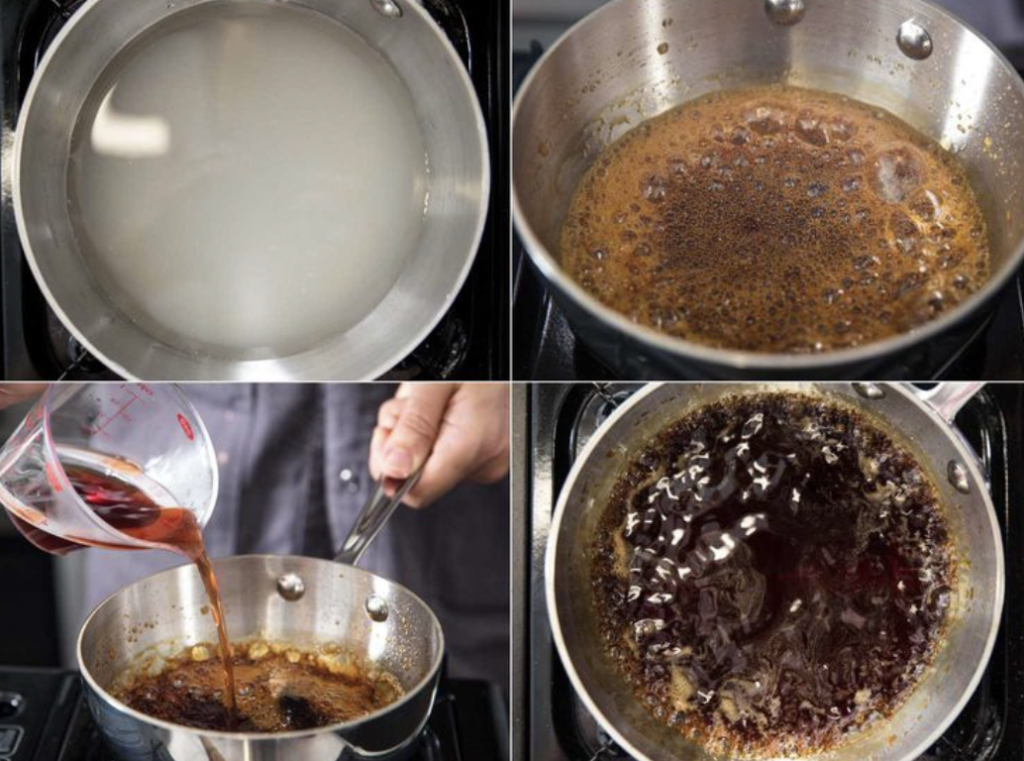
- In a clean small saucepan, bring about 1 cup of water to a rolling boil. Add orange zest and cook until softened, about 2 minutes for navel orange zest and 15 minutes for bitter orange zest. Drain and set blanched zest aside.
- Add navel orange and lemon juices (or bitter orange juice) to reduced stock (Item 1 above) and bring to a simmer. Simmer gently until reduced enough to lightly coat the back of a spoon, about 5 minutes.
- Add gastrique 1 teaspoon at a time until sauce tastes nicely sharp with a clear sweet-sour character. You want to taste the gastrique but not have it clobber the sauce; too much can ruin the sauce (you may only need a 2 to 4 teaspoons to accomplish this). You will have leftover gastrique, which you can reserve for another use (it can be drizzled on grilled or roasted vegetables or used in another sauce).
- Season sauce with salt and pepper. Working over very low heat, whisk in butter until the sauce is silky and smooth; do not allow it to boil once the butter is added, lest the sauce break.
- The sauce at this point should lightly coat the back of a spoon, and if you drag your finger through it, it should leave a clear path. If it doesn’t, it may be too thin (a sign your stock didn’t have enough gelatin in it originally). If this happens, add 1 or 2 teaspoons cornstarch or arrowroot to a small bowl and stir in a spoonful or two of the sauce to make a slurry with no lumps, then whisk that slurry back into the sauce, allowing it to gently simmer for a minute or two to thicken the sauce.
- 10. Add blanched zest and let very gently simmer for 1 minute to infuse into the sauce.

Duck Breast
With a sharp knife, gently score duck breast skin in a tight crosshatch pattern, keeping the scores 1 inch apart. If you prefer a little fat left on the breasts after cooking, just barely score the skin; to render more fat, score more deeply, taking care not to expose the flesh.
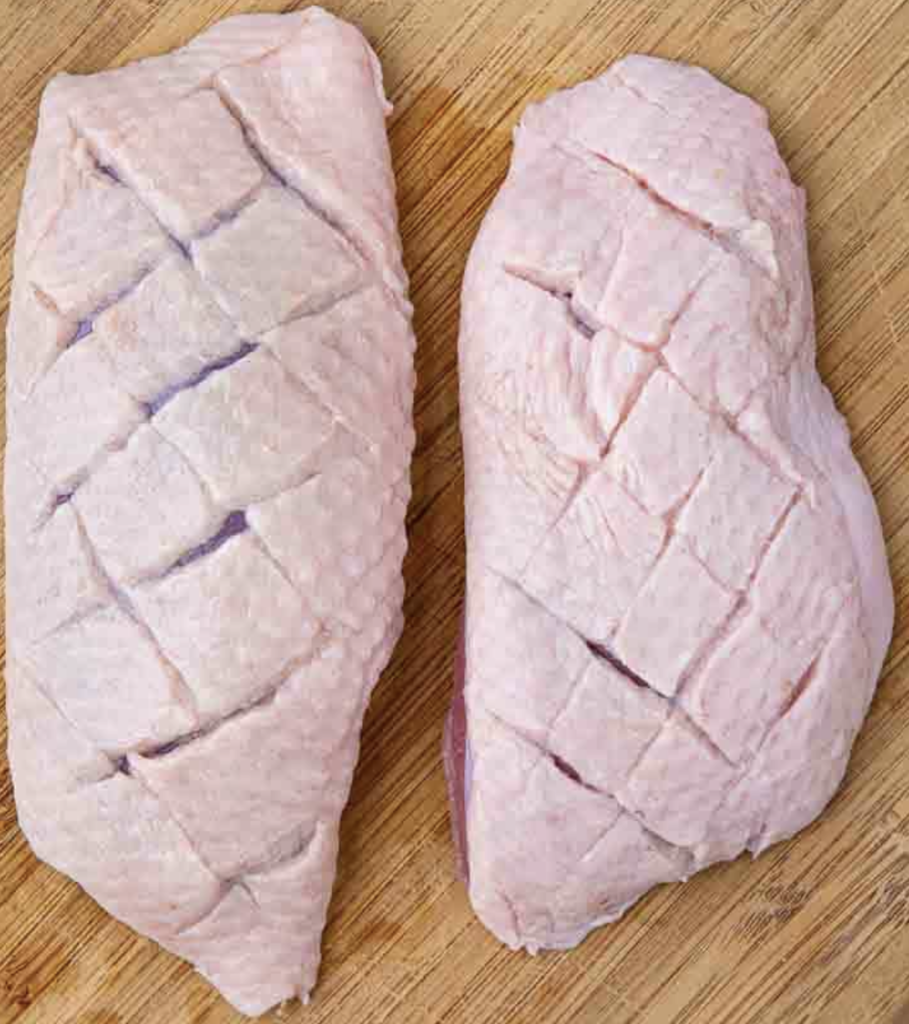
Season duck breasts with salt, heavily on the skin side and lightly on the flesh side.
Place duck breasts, skin side down, in a large, cold sauté pan. Place pan over low to medium-low heat. To keep the edges from curling up, press duck breasts down with the help of a smaller sauté pan. After about 5 minutes, the fat should begin to gently bubble. If the fat is either silent or spitting, adjust heat accordingly. Maintain the gentle bubble of fat, pouring out excess rendered fat throughout the cooking process, until much of the fat has rendered, skin is golden brown, and duck’s internal temperature is 125°F (52°C), about 15 minutes.
Increase heat to medium and further brown skin if needed, about 1 minute, before flipping and cooking on the flesh side. For medium-rare meat, cook until breast registers 125°F (54°C) on an instant-read thermometer, about 1 to 2 minutes. Continue cooking until duck registers 135°F (60°C) for medium or 155°F (68°F) for well-done. Remove duck from pan and set aside Allow the duck breasts to rest for 10 minutes before carving.
Notes
Instructions are based on the recipes from “Serious Eats” website.
Buen Provecho
Subscribe to email notifications for new posts HERE. And I look forward to your comments below

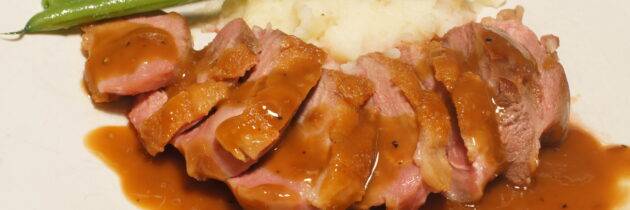
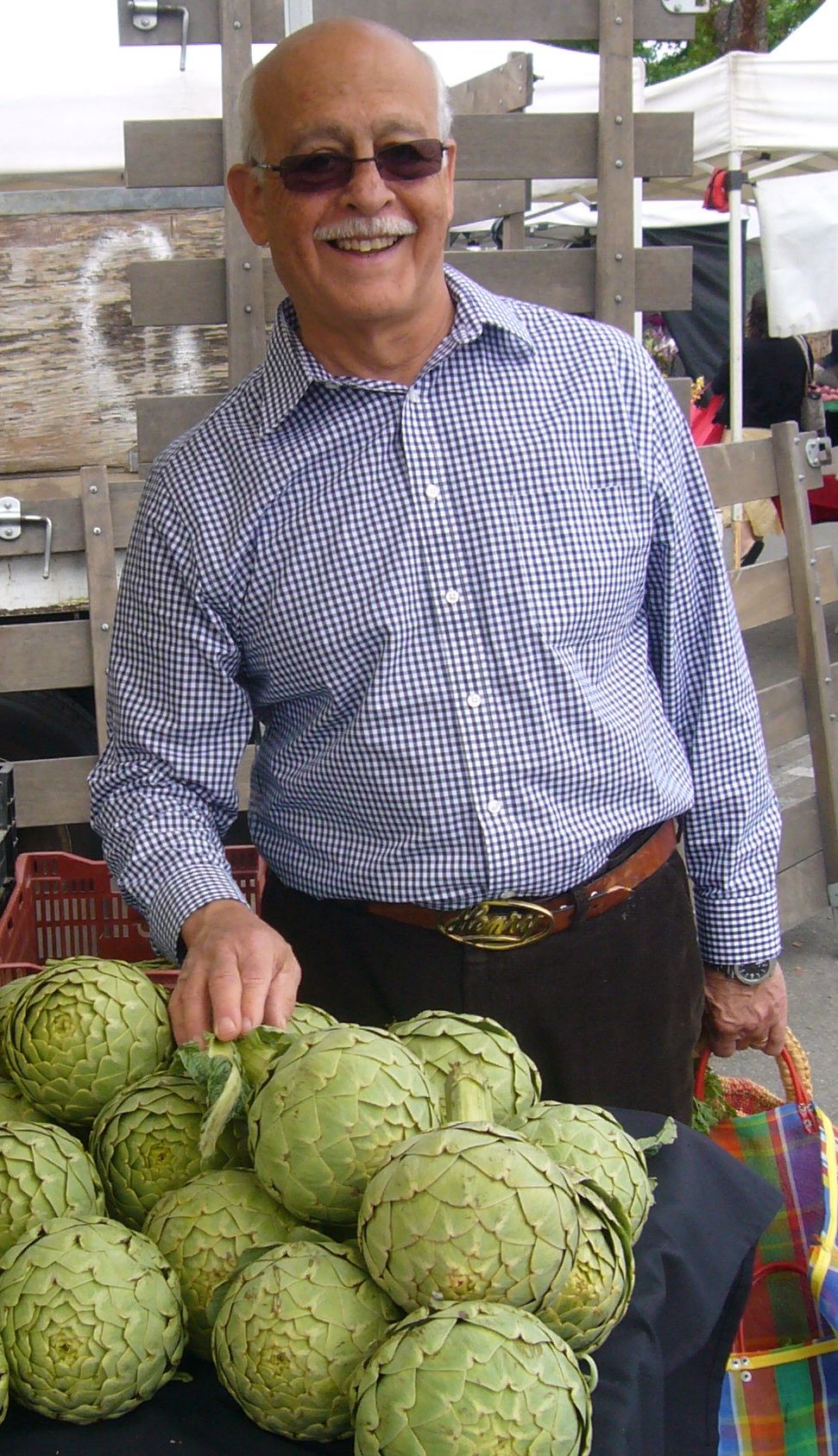
Connect with Me